Doctor Reveals How Much Walking You Need to Hit 10% Body Fat

If you're tired of extreme workouts that promise results but don't deliver, you're not alone. What if a doctor told you the secret to reaching your ideal body fat percentage wasn't another intense training program, but something far simpler?
Dr. Mike Diamonds, combining his medical expertise with real-world results, has discovered that walking isn't just basic cardio—it's a powerful fat-loss tool. "In my six years of dieting and fat loss, cardio ranks as one of my most important tools for losing weight," he explains. His remarkable transformation between June and September 2020 proved that this simple activity could make reaching 10% body fat significantly easier.
The Truth About Walking and Fat Loss
"Walking doesn't seem to qualify as cardio because, well, it's easy," Dr. Diamonds says in his post. "When it comes to exercise, easy is usually equated with worthless." However, his medical background and research tell a different story. Low-intensity steady state cardio, when done correctly, can be a game-changer for fat loss—especially when paired with proper nutrition.
The Science That Changes Everything

According to Dr. Diamonds, research from California State University revealed a crucial finding: while running a 10-minute mile burns 190 calories, walking a 19-minute mile burns 111 calories. "If you walked for an hour, you'd burn just under 350 calories," he notes. "Do that three times per week, and you're burning over 1,000 additional calories—theoretically more than an extra pound of fat per month."
Your Perfect Daily Step Count
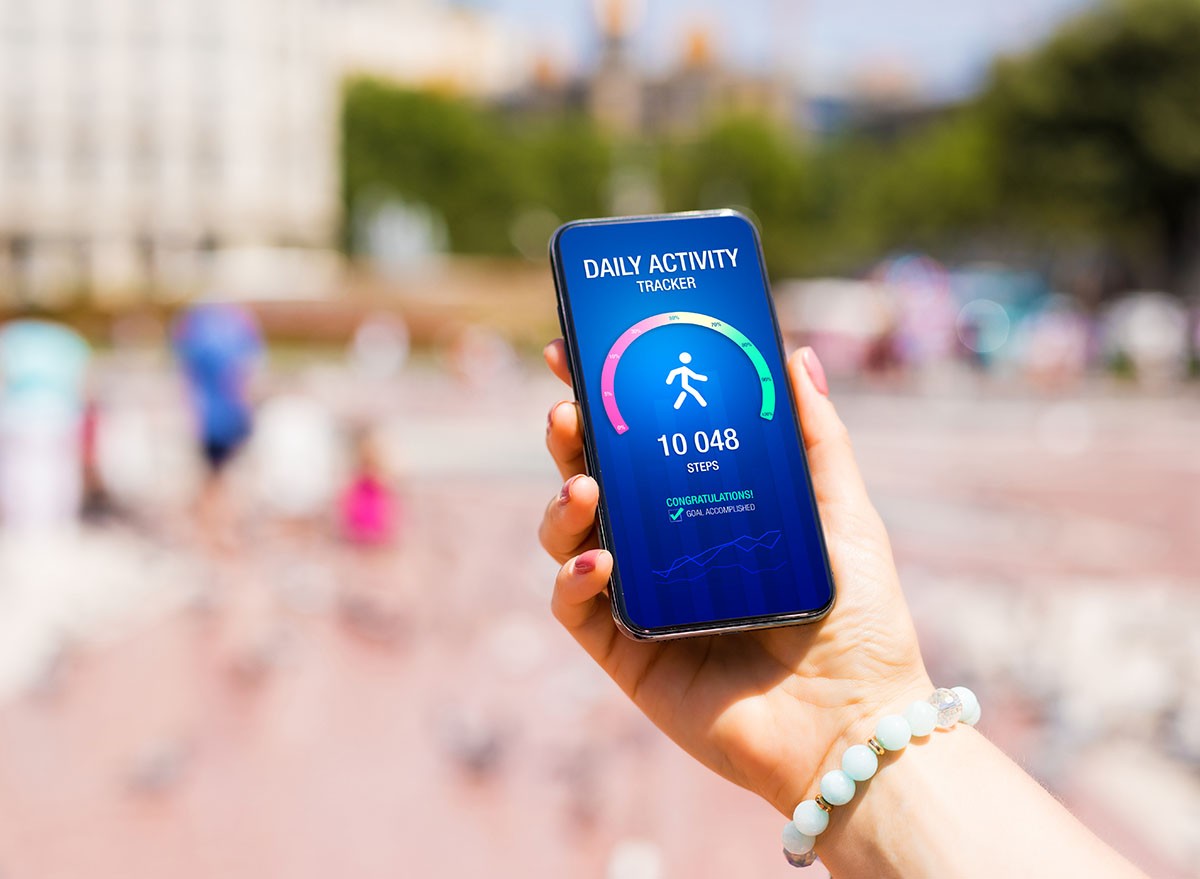
"To answer the question of how much walking you should be doing to get to 10% body fat, the answer is it depends," Dr. Diamonds states. His recommended approach starts with tracking your current daily average: "Let's say hypothetically you're doing 6,000 steps. Now that is maintaining your weight. Add a thousand steps to that, and you'll burn between 40 and 60 extra calories on average."
The Step-By-Step Progress Plan
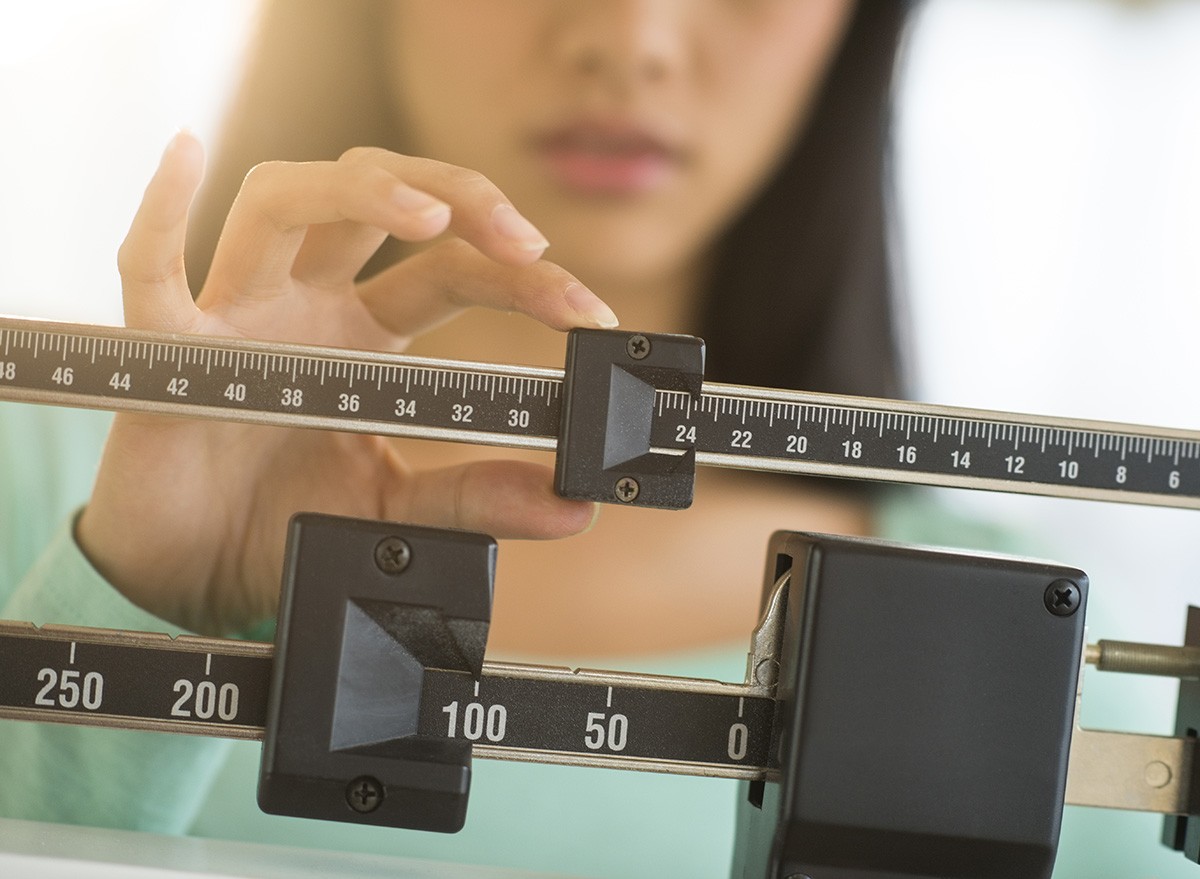
Dr. Diamonds shares his clinical approach: "Monitor what your weight is doing on a day-to-day basis. If you want to have more progress, increase it by another thousand steps." This methodical progression can lead to almost an extra pound of fat burned per month, provided your diet is properly managed.
The Medical Reason Walking Burns Fat
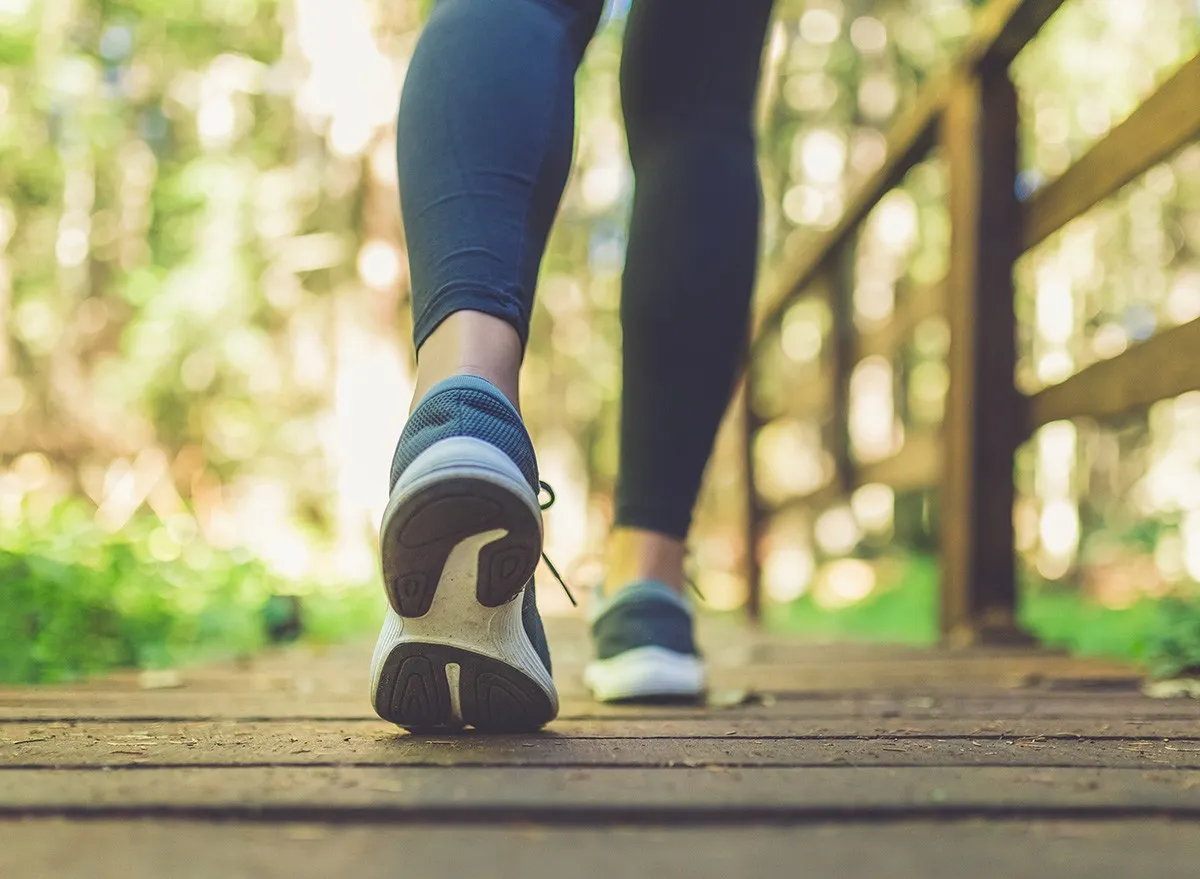
"Walking may not burn many calories, but the calories it does burn comes primarily from fat stores," Dr. Diamonds explains. He references a University of Texas Medical Branch study demonstrating that fat burning is maximized during lower-intensity exercise. As intensity increases, your body switches from burning fat to utilizing carbohydrates for energy.
The Clinical Approach to Walking
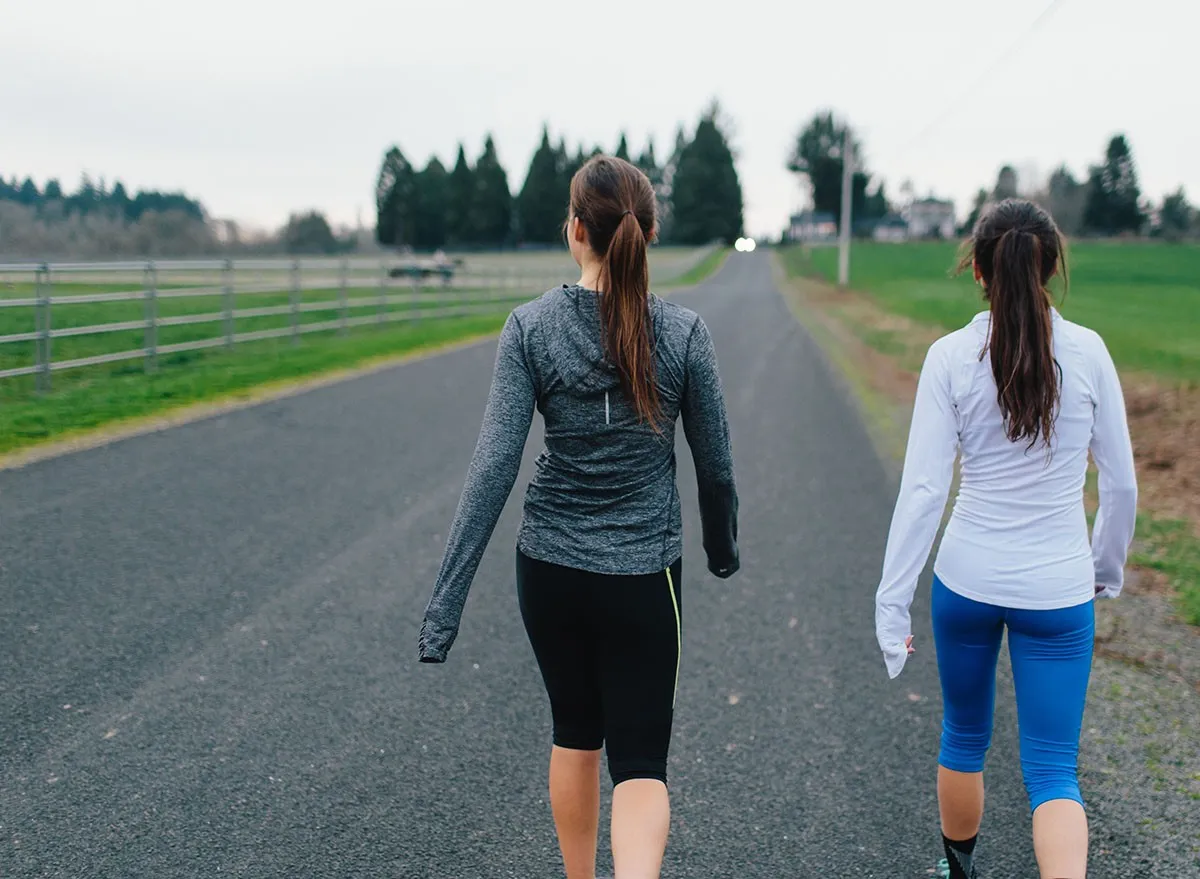
Dr. Diamonds reveals his evidence-based routine: "My formal cardio would be done in the gym on a treadmill between three to four sessions a week. I would start at 20 minutes per session at maximum incline (15%), walking at a pace of six kilometers per hour." This specific approach maintains a heart rate above 140 beats per minute and VO2 max at 65%—which research shows elicits maximum fat usage.
The Truth About 10% Body Fat
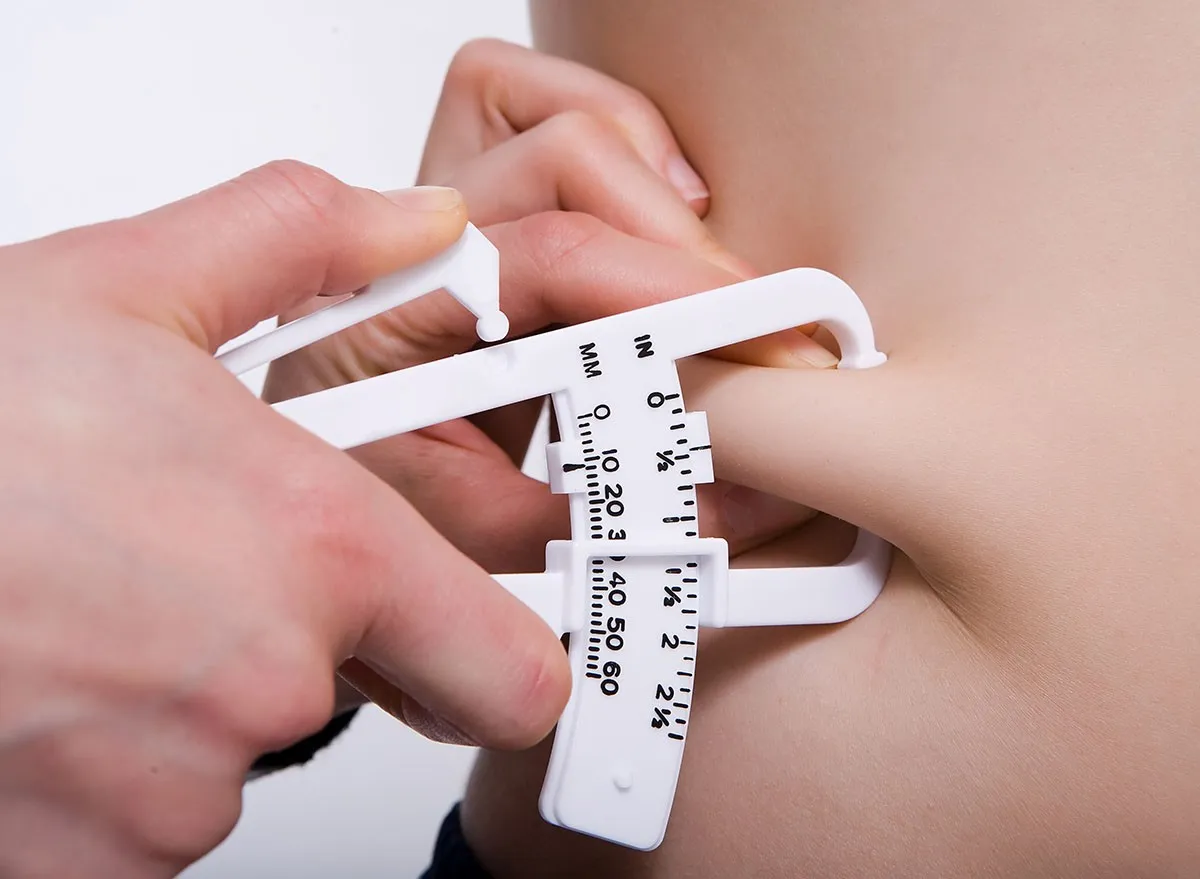
"Not most people can do it," Dr. Diamonds candidly admits. "In reality, for me to get in my best shape, I've done an average of 25,000 steps each and every single day." While this level of activity might seem overwhelming, he emphasizes that significant changes are possible with less: "The massive changes that can come in your body and getting closer to that 10% body fat is by you accurately tracking your diet and gradually increasing those steps."
Your Sustainable Path Forward

Dr. Diamonds emphasizes a medical truth about sustainability: "It's simply unsustainable to sprint every day… steady state cardio is much better for adherence." His professional recommendation is to start with 8,000 steps daily and gradually increase based on your body's response and lifestyle.
The journey to 10% body fat doesn't require extreme measures or complicated protocols. Start with your current step count, add gradually, and maintain consistency with both walking and nutrition. Your transformation begins with understanding these medical insights—and taking that first extra step. And if you enjoyed this article, don't miss 12-3-30 Walking Method: 20 Proven Tips to Lose Weight Faster




